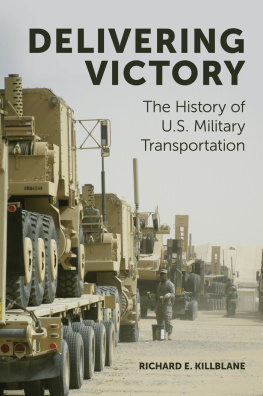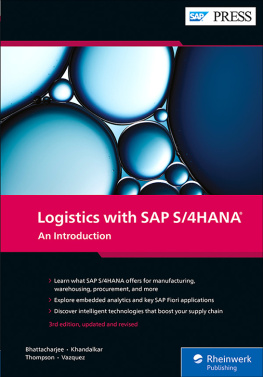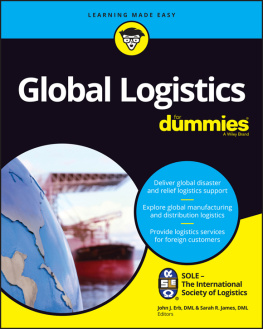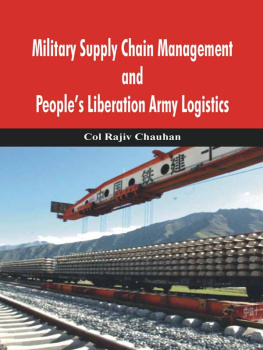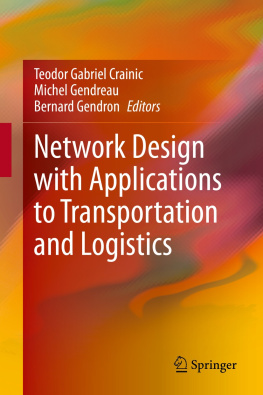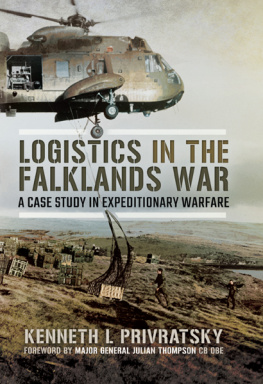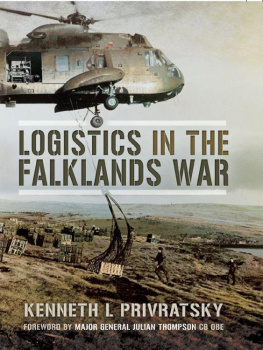Emerald Publishing Limited
Howard House, Wagon Lane, Bingley BD16 1WA, UK
First edition 2020
Copyright 2020 Emerald Publishing Limited
Reprints and permissions service
Contact:
No part of this book may be reproduced, stored in a retrieval system, transmitted in any form or by any means electronic, mechanical, photocopying, recording or otherwise without either the prior written permission of the publisher or a licence permitting restricted copying issued in the UK by The Copyright Licensing Agency and in the USA by The Copyright Clearance Center. Any opinions expressed in the chapters are those of the authors. Whilst Emerald makes every effort to ensure the quality and accuracy of its content, Emerald makes no representation implied or otherwise, as to the chapters' suitability and application and disclaims any warranties, express or implied, to their use.
British Library Cataloguing in Publication Data
A catalogue record for this book is available from the British Library
ISBN: 978-1-78754-604-2 (Print)
ISBN: 978-1-78754-603-5 (Online)
ISBN: 978-1-78754-611-0 (Epub)
Chapter 1
Introduction to Transportation Concepts
In 1984, the US Army added operational art to its vernacular to describe campaigns. Military campaigns are a series of movements and battles, and in order to fully comprehend operational art, students of the art of war must understand logistics. Military logistics provides an army everything it needs to fight, which involves procurement and issuing of supplies, movement, billeting, maintenance, feeding, pay, evacuation, and hospitalization. Without this an army cannot sustain itself in the field. More often, the outcome of war is determined by the side that can sustain itself in the fight longer than is decided by destruction of the enemy force in battle. In respect to logistics, transportation is just one of several functions; but as the moving piece, transportation connects the other logistics functions with each other and with the maneuver force. Similarly, the supply lines or lines of communication dictate where the battles are fought.
As important as military transportation has been to the tactical, operational, and strategic levels of war, it has been generally misunderstood by historians and even many logisticians. The management of military transportation in the United States provides a unique study. From the SpanishAmerican War onward, all its wars have been fought overseas, which has required a tremendous transportation capability to deploy and sustain its military forces. The United States has also fought wars, both big and small, with greater frequency than most other similar nations providing ample case studies. Its military transportation initially started out small as a service provided to the maneuver units, but as the US Army expanded into one of the largest armies in the world, the movement of troops and supplies became more complex and evolved into a separate logistical function of its own.
While the clash of forces may dominate the focus of most studies of war, combatants only occupy a small part of the battlefield, whereas logisticians own responsibility for everything behind it, reaching all the way back to the fort and factory. This study examines chronologically the influence of transportation on logistics operations from the strategic to tactical level. The ability to deploy and sustain forces limits the amount of force the United States has been able to mass in each military contingency or war, which has resultingly shaped the conduct of the subsequent military operations. During the relatively short interludes of peace, the US Armed Forces have adapted the lessons from previous operations to the advancing technology. This study examines, in particular, how the US Army has evolved the organization and management of transportation as a function of logistics and in the context of military operations. To first understand how military transportation differs from the other logistical functions, one must understand certain logistical concepts.
Lines of Communication
The three main logistics functions are service, supply, and transportation. Services keep soldiers and their equipment in the fight. It maintains equipment and supports morale. This is critical in a democratic society that relies on volunteers to fight its wars. Days of supply determine the length of a campaign or rate of advance. When units run out of supplies, their advances go into operational pauses until the days of supply are rebuilt. Transportation translates into lines of communication, which determine where the battles take place.
By the end of the nineteenth century, the American military was engaged in conflicts and humanitarian actions around the globe. No longer confined to military enterprises within and along its borders, the United States projected its military and naval forces into nearly every region of the world requiring exceedingly lengthy supply lines. Vessels, vehicles, and aircraft transport passengers and cargo from point to point along paths of least resistance. These travel routes by which armies move and sustain themselves are referred to as lines of communication.
To project combat power overseas requires an ocean-going fleet of transports. Watercraft have historically carried more cargo more swiftly and securely along rivers than ground transportation. For this reason, civilization grew along the banks of major rivers. During the time of sail, winds and currents dictated the sea lanes. For smaller vessels, hugging the coastline or passing along island chains provided the safest route. During the age of steam, ships sailed from coaling station to coaling station. Modern vessels can span the entire ocean without needing to stop to refuel thus making a straight path, known as a rhumb line the shortest distance between two points. These routes are known as sea lines of communication.
Vessels then require a place to discharge upon arrival. Until the development of adequate landing craft and amphibious vehicles, the only efficient means of discharging cargo from deep draft vessels was established ports with wharves and piers extending out into deep water. For that reason, ships sailed from port to port. Due to access denial or destruction of the port, men and supplies may have had to come ashore over an unimproved beach. Prior to World War II, landing barges discharged cargo over the side, and men carried it ashore. Once the cargo has been discharged from the ships, port and beach clearance require access to major road networks for further transportation to the intended customer.

